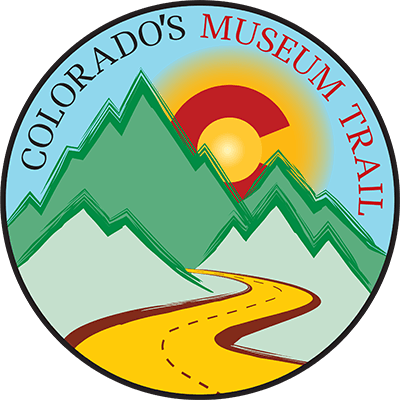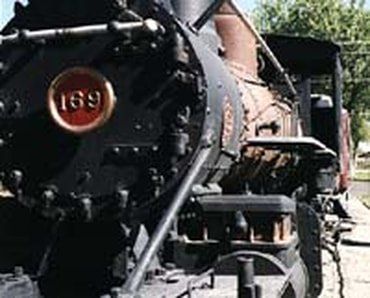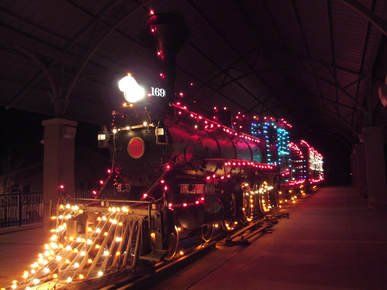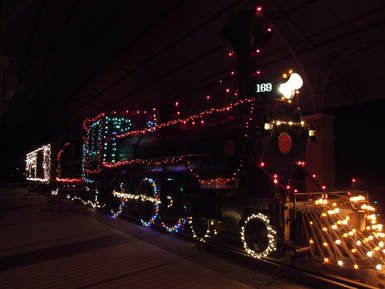Friends of Engine 169
Contact: Friends of the 169
P.O. Box 1691
Alamosa, CO 81101-1691
E-mail: info@friendsof169.com
Telephone: 866-970-354
Scenic Byway itinerary:
Short Walks, Long Views - a 3-Day Itinerary on 3 Scenic Byways
On August 8, 2000, The Denver & Rio Grande Railroad locomotive No. 169, located in Cole Park, was listed in the Colorado State Register of Historic Properties and on the National Registry on March 12, 2001.
Locomotive No. 169 is a narrow gauge, coal-fired, 10-wheeler steam locomotive built in 1883 by Baldwin Locomotive Works in Philadelphia, Pennsylvania. It could haul 11 cars at 71 miles an hour!
Built for the Denver & Rio Grande Railroad (D&RG) to meet the need for additional and larger engines to haul passenger trains, it was part of an order of 12 locomotives and is one of the oldest surviving locomotives of the D&RG Railroad.
The No. 169 is also a rare remaining example of a special type of narrow gauge steam locomotive. Part of the Class T-12 series, it was built with a large wheel size that made it one of the fastest narrow gauge engines built.
During its operational life of 55 years, No. 169 was assigned to every division of the D&RG, working out of Denver, Pueblo, Alamosa, Salida and Grand Junction. It was also assigned to the "Chili Line" that ran regularly between Alamosa and Santa Fe, New Mexico.
In 1933, the railway company began retiring the T-12 class and, a few years later, decided to scrap the remaining engines. Only two were saved from this fate, the 168, now in Antonito with the Cumbres & Toltec Scenic Railroad (currently undergoing refurbishing), and the 169.
The 169 was removed from service in 1938 and was stored on a dead line at the Alamosa rail yard. It was taken out of storage in 1939 to represent the D&RG Railroad at the 1939-40 World's Fair in New York City.
The locomotive was refurbished at the Burnham Shops in Denver, then shipped to New York to be displayed as part of the transportation exhibit at the fair.
After the World's fair, the locomotive had one last run to make. In 1941, the 169 came to rest at Cole Park, a gift to the city from the railroad. It was relocated to its present location within the park in 1965.
Hooked to the engine is the B-1 Business Car, which was built in 1880 as Coach #33. It was converted into a private car and used in the D&RG's President's Train for railroad officials, mining tycoons, and Eastern financiers.
The B-1 was the "Commissary Car" of the President's Train. It contains a coal stove with six burners, a complete working galley kitchen, cupboards and ice chests, three swing-down upper berths and two lower berths.
This car carried President Taft to the 1909 opening of the Bureau of Reclamation Project in Gunnison.
Alamosa was platted in April, 1878, by ex-Territorial Governor Alexander Cameron Hunt. The first buildings were shipped by rail from Garland City to Alamosa, thus creating a true "rail town" overnight.
For decades afterwards, Alamosa was the hub of intense rail activity. At the turn of the century, Alamosa was one of two three-track switching yards in the world; switching and servicing both narrow gauge trains that were still operating, as well as the newer standard gauge equipment.






